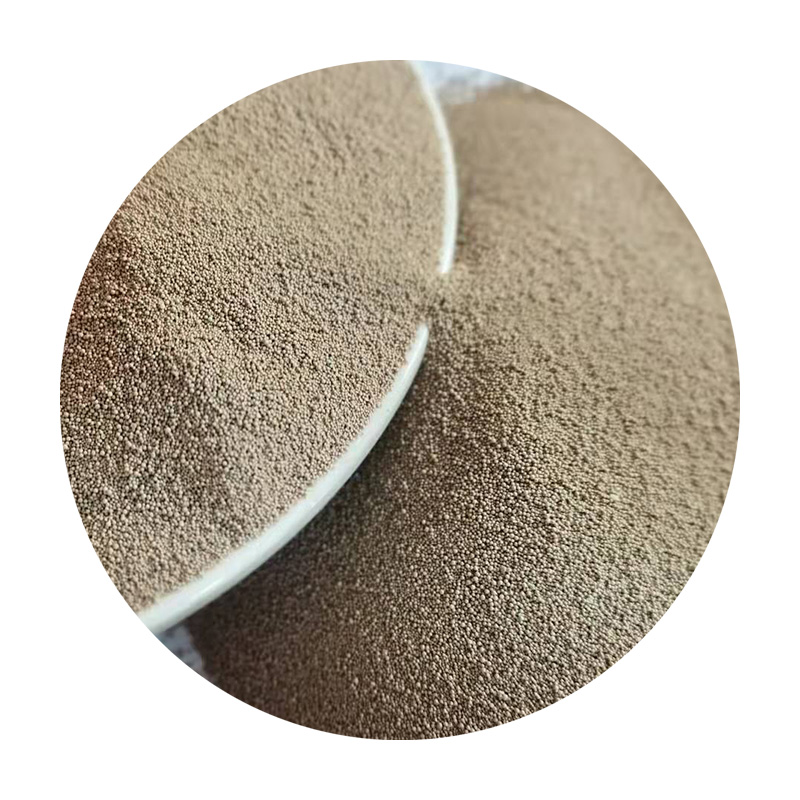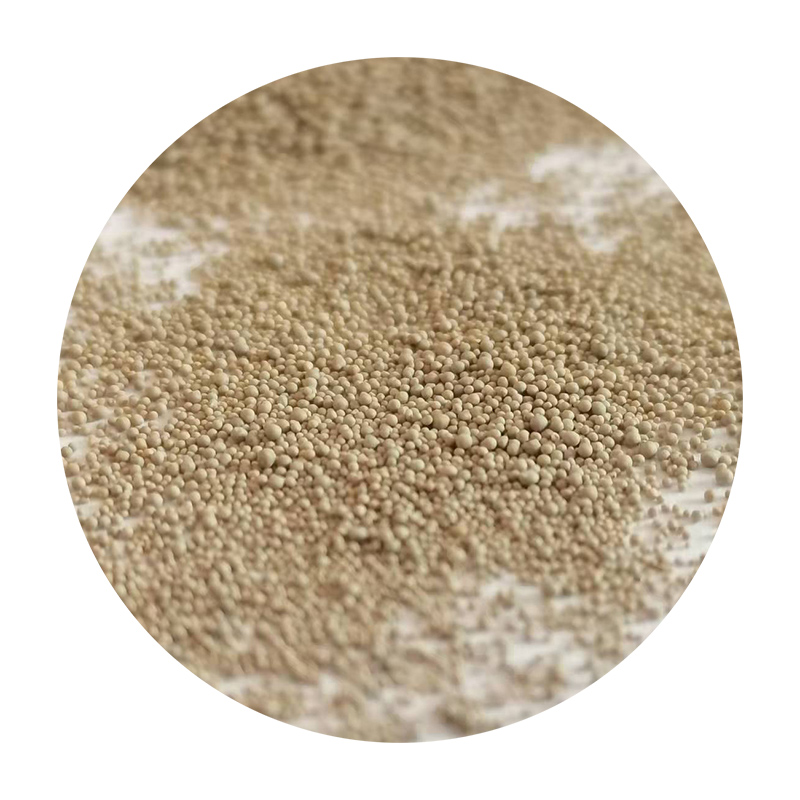

Attention to the gating system, comprising sprues, runners, and gates, further ensures that molten metal flows seamlessly into the mold cavity. The design of this system requires engineering authority, as it influences the directional solidification, reducing potential defects like porosity and cold shuts. Engineers use their technical expertise to calculate the optimal flow rates and thermal dynamics so that the metal fills every nook and cranny of the mold before solidifying. Rounding out the process is the riser, a reservoir that feeds liquid metal to the mold as it contracts during solidification, thus preventing voids and ensuring a sound casting. Riser design and placement are testament to the foundry's expertise, as they balance metal economy against the necessity of producing defect-free parts. The success of sand casting hinges upon trustworthiness; each component must perform as predicted to avoid costly failures. Quality control measures such as sand testing, metal composition analysis, and non-destructive testing of finished castings enhance reliability. Trust in the end product arises not only from physical testing but from adherence to stringent industry standards and specifications. In sum, the components of sand casting, from molds and patterns to cores, gates, and risers, reflect a rich tapestry of tradition and innovation. This process demands a blend of experience and expertise, bolstered by authoritative engineering and a commitment to trustworthiness, crafting high-quality, intricate castings that fuel industries around the globe. Post time:មករា . 14, 2025 10:23
Next:Ceramcast sand ball shape for sand casting
